Here's Who Made Gartner’s 2019 Magic Quadrant For Data Center Networking
From Cisco and Juniper Networks to VMware and Arista Networks, here’s who made Gartner’s 2019 Magic Quadrant for Data Center Networks.

The 12 Data Center Networking Worldwide Leaders
Cloud computing is driving the data center networking market as innovation becomes focused around automation and manageability software compared to hardware, according to Gartner’s new 2019 Magic Quadrant for Data Center Networking.
Despite the adoption of public cloud for new applications, not many enterprises are decommissioning data center networks, as Gartner predicts fewer than 10 percent of enterprises through 2022 will decommission an existing production data center network. Over the past year, businesses have increased their attention toward automation and agility, DevOps capabilities and hyper-converged integrated systems for modern data center networking solutions.
No longer is data center networking seen as simply a fast, scalable way to connect all data center equipment, but a way to drive and support digital business initiatives through better orchestration, automation and integration with the rest of the infrastructure.
Here are the 12 market-leading vendors in the space that made Gartner's 2019 Data Center Networking Magic Quadrant, along with assessments of each company's strengths and weaknesses in the space.
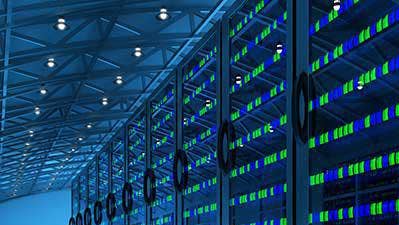
Gartner’s Data Center Networking Methodology
To qualify for inclusion in Gartner’s Data Center Networking Magic Quadrant, vendors need to provide hardware and/or software that addressed modern data center requirements such as virtual network switches, overlay software, centralized management and physical network switches with at least 48 ports of 10 Gbps or greater. Vendors must have at least 110 current enterprise customers on a global basis as well as more than $60 million of annual data center networking product revenue.
The Stamford, Conn.-based IT research firm evaluated networking solutions for enterprises that procure and manage their own data center infrastructures for installation on-premises or in colocation facilities.
Gartner's Magic Quadrant ranks vendors on their ability to execute and completeness of vision and places them in four categories: Niche Players (low on vision and execution), Visionaries (good vision but low execution), Challengers (good execution but low vision) and Leaders (excelling in both vision and execution).
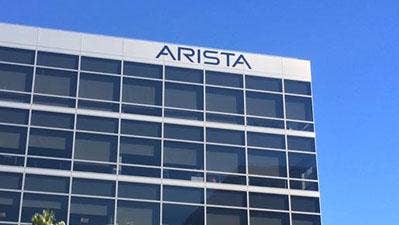
Leader: Arista Networks
Arista Networks won first place for vision in the Magic Quadrant and ranks second in execution. The Santa Clara, Calif.-based data center network specialist has 4,000 enterprise customers with a focus on automation, predictive analytics and delivering operational capabilities through as-a-Service consumption models.
Arista’s flagship networking offerings is the Universal Cloud Network that includes switches, its innovating Extensible Operating Systems (EOS) switching software and a CloudVision management and visibility platform. The company recently expanded its cognitive campus portfolio with unified wired and wireless campus edge products designed for the Internet of Things market. Last year, Gartner said Arista grew data center switching revenue at two to three times the market rate.
Strength: Arista has a solid record of experience in high-performance and large-scale environments such as with cloud providers and financial services companies.
Weakness: The company is weak in the SMB market. Additionally, CloudVision is pricey which is why Gartner believes adoption remains below 15 percent of Arista’s installed base.
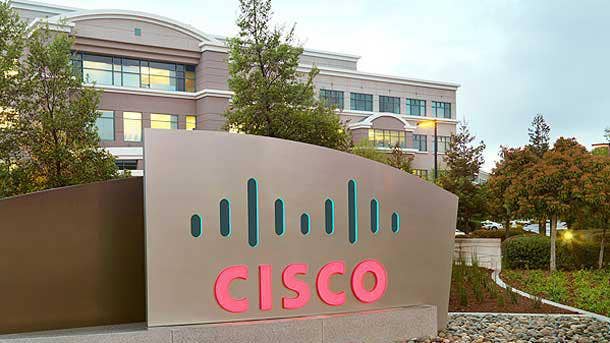
Leader: Cisco
The longtime networking king took home the gold metal on the Magic Quadrant for execution and ranks fourth in vision. Cisco has a whopping 100,000 enterprise data center networking customers -- far exceeding all competitors.
The San Jose, Calif.-based network market share leader’s flagship solutions is Cisco ACI, which includes Nexus 9000 switches and APIC controllers. Cisco also provides Tetration, a hybrid cloud workload protection platform, and Network Assurance Engine products to boost visibility security and configuration assurance. However, based on Gartner’s estimates, Cisco grew data center switch revenue below markets rates in 2018. Cisco’s new ‘Data Center Anywhere’ vision aims to bring the power of the data center to wherever customers need it most.
Strength: Cisco is highly visibility with a large and loyal customer base with strong global sales channels. The company’s roadmap includes increasing automation and uniform policy across multi-cloud environments.
Weakness: The company’s networking solutions are higher priced that its competitors. Cisco ACI is complex for a combination of technical, financial and cultural reasons, Gartner said.
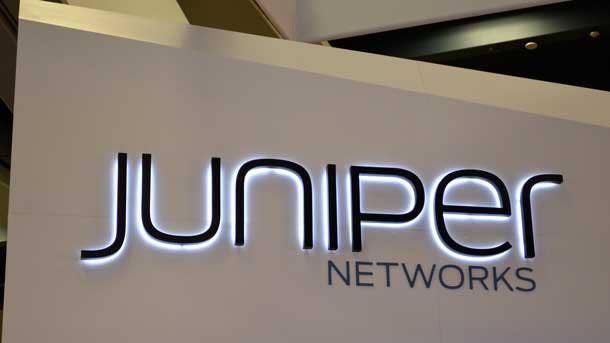
Leader: Juniper Networks
With more than 7,000 enterprise data center customers, Juniper Networks ranks fourth in execution and among the middle of the pack for vision on the Magic Quadrant. The longtime Sunnyvale, Calif.-based networking company has a broad portfolio of hardware and software solutions that address nearly all enterprise requirements.
Juniper Network’s flagship offering consists of its QFX switches running Junos software that can be sold with Juniper’s Contrail Enterprise Multicloud orchestration software. Contrail is can deployed on both Juniper switches as well as other vendors’ hardware. Gartner estimates that Juniper lost data center revenue share in 2018. In May, the company appointed Christian Alvarez as Juniper’s new channel chief.
Strength: Juniper is focusing on embedding security, application visibility and self-healing capabilities into its portfolio that is aligned with emerging customer requirements.
Weakness: The company’s sales channel and marketing are not as strong as its competitors, while Juniper also has limited integration with hyper-converged infrastructure vendors.
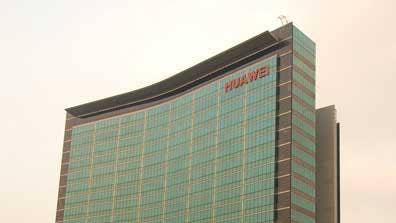
Challenger: Huawei
The only ‘Challenger’ in the Magic Quadrant is China-based technology behemoth Huawei, who ranks third in execution and among the middle of the pack for vision on the Magic Quadrant. Huawei has more than 5,000 enterprise data center networking customers and grew two to three times the market rate last year in terms of revenue.
Huawei’s flagship offerings is the CloudFabric Intent-Driven Network that includes switches, NOS, Agile Controller and a FabricInsight analytics engine. The solution provides automatic network configuration, predictive analysts and continuous verification and optimization. The company continues to make investments on high-performance workloads and intent-driven operations. Huawei has recently been the subject of multiple legal fights with the U.S. government.
Strength: Huawei provides cost effective solutions including of the lowest per-port pricing in the market.
Weakness: The company has not consistently shown the ability to shape or drive the market from a thought leadership standpoint. Gartner estimates Huawei only has about 100 enterprises customers in North America.
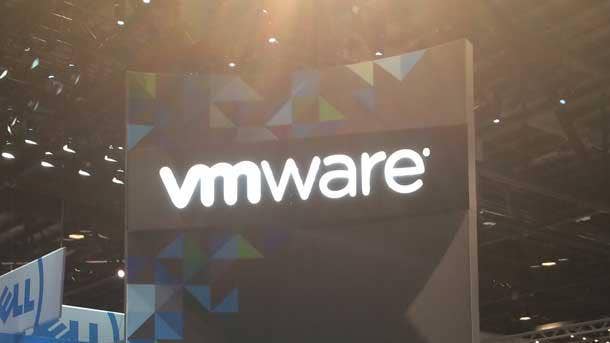
Visionary: VMware
The Palo Alto, Calif.-based virtualization superstar ranks second for vision and fifth for execution on the Magic Quadrant. VMware has more than 4,000 data center networking customers and added customers above market rates in 2018.
VMware’s flagship enterprise product is NSX Data Center, a software-based network overlay that can run on top of most IP-based data center networks. The company bundles NSX into other offerings including VMware Cloud on AWS and its virtual destop infrastructure platform Horizon. NSX can add agility to existing network infrastructure via improved security, automation and tie-in with broader orchestration tools. In July, VMware unveiled a new strategic partnership to support VMware workloads running on the Google Cloud Platform with Google Cloud VMware Solution that includes NSX.
Strength: NSX provides east-west firewalling in the data center that can lower operational complexity and cost compared to traditional firewalls.
Weakness: NSX is expensive and can be difficult to justify, according to Gardner, which is why the firm believes adoption of NSX Data Center remains less than 10 percent of VMware’s ESX install base.
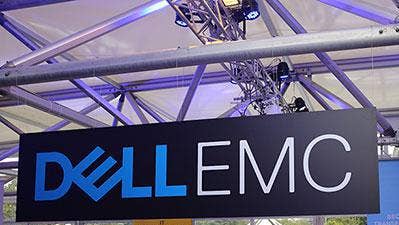
Visionary: Dell EMC
Dell EMC, a member of the Dell Technologies alongside VMware, is has more than 15,000 enterprise data center customers. The Round Rock, Texas-based storage leader ranks among the middle of the for both vision and execution on the Magic Quadrant.
Dell EMC’s flagship product is its Open Networking (ON) switches along with its own NOS offering that also supports NOS and fabric offerings from other vendors such as Big Switch Networks and Cumulus Networks. Gartner estimates that the company grew data center switching revenue above market rates in 2018. Dell EMC rebranded its networking switches as PowerSwitch this year gearing towards AL-specific workloads. The company continues to invest around manageability of the overall system and improved analytics capabilities.
Strength: Customers report to Gartner strong support with Dell EMC. The company’s support for open, disaggregated networking is altering the way customers, and competitors, think about data center networking.
Weakness: Dell EMC lacks several capabilities within its offering including chassis-based spine switches and integrations with Docker and Kubernetes.
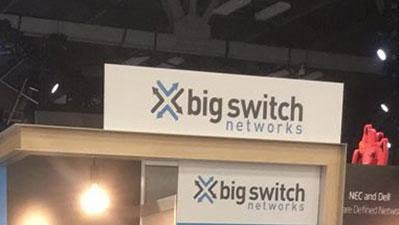
Visionary: Big Switch Networks
Big Switch Networks has approximately 200 enterprise data center customers and added new brands above market rates in 2018. The Santa Clara, Calif.-based cloud-first networking specialist ranks fifth for vision on the Magic Quadrant and among the middle of the pack for execution.
The company’s flagship data center offering is Big Cloud Fabric, a software that enables physical switches to be managed as a single fabric with embedded automation and external programmability. Big Cloud Fabric can run on multiple hardware vendors’ certified switches including Dell EMC and Hewlett Packard Enterprise. Big Switch Networks recently launched its first ever product on the AWS Marketplace, Big Cloud Fabric for AWS.
Strength: Customers report high satisfaction with the vendor around ease of management, integrations with other data center infrastructure, cost-effectiveness and the option to buy via mainstream vendors like Dell Technologies.
Weakness: Big Switch has the smallest install base of data center networking customers in Garnter’s Magic Quadrant report with limited traction outside North America and Asia, while the company also lacks expertise in the midmarket.

Visionary: Cumulus Networks
The networking specialist has one of Gartner’s most unique rankings on the Magic Quadrant as Cumulus Networks ranks third for vision but last for execution. The Mountain View, Calif.-based company has more than 1,000 data center customers and grew its customer based above market rates in 2018.
Cumulus Networks flagship Cumulus Linux product is a NOS that is supported on a wide range of certified hardware partners including Dell, Lenovo, Mellanox and Quanta. The company also offers its own hardware, Cumulus Express, and NetQ software for analytics, management and troubleshooting. In April, the company announced NetQ 2.0 that provides fabric-wide visibility, full lifecycle management, closed-loop automation as well as a new graphical user interface (GUI).
Strength: Cumulus is well suited for customers that have Linux expertise, are highly automated, apply DevOps principles or implement infrastructure as code.
Weakness: Customers without deep Linux or automation expertise will struggle to deploy and operate Cumulus switches.
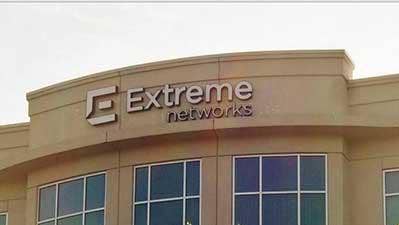
Niche Player: Extreme Networks
Extreme Networks, who plans to boost its Wi-Fi capabilities with the acquisition of Aerohive Networks, ranks among the middle of the pack for execution and among the bottom for vision. The San Jose, Calif.-based longtime network player has more than 5,000 data center customers and grew above market fates for data center switching revenue in 2018 thanks to its acquisitions of Brocade and Avaya portfolios.
Extreme Networks’ flagship offering is Agile Data Center, which includes its SLX and VDX switches, Extreme Management Center and Extreme Workflow Composer (EWC) for event-driven automation. EWC StackStorm provides a set of multi-vendor automation features that extend beyond Extreme’s own products.
Strength: Extreme Networks management system provides good application-centric troubleshooting and predictive analytics. The company has a history of strong support in midmarket enterprises.
Weakness: Gartner said the combined data center switching revenue from Extreme, Brocade and Avaya has declined substantially since 2017, meaning that many Brocade and Avaya customers have switched to alternative vendors.
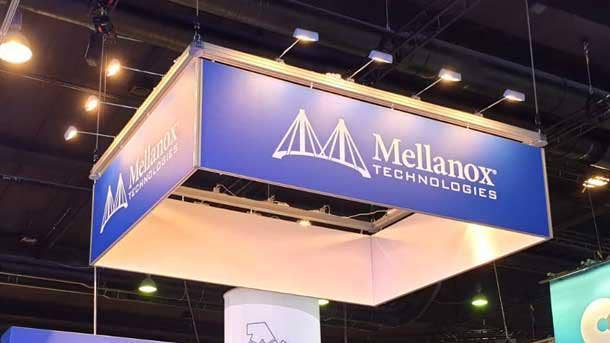
Niche Player: Mellanox Technologies
Mellanox, which is set to be acquired by Nvidia, ranks among the middle of the pack for both execution and vision on the Magic Quadrant. The Sunnyvale, Calif.-based company has more than 2,000 enterpriser data center networking customers.
Mellanox’s flagship product is the Ethernet Storage Fabric which is intended for high-performance storage workloads. The company provides the Ethernet Cloud Fabric for standard data center workloads as well as its own NOS, Onyx, and NEO management system. Mellanox also supports third-party NOSs include open-source options and Cumulus Networks. Nvidia’s whopping $6.9 billion acquisition of Mellanox is set to close by the end of the year.
Strength: Mellanox is known for its expertise in high-performance, low-latency data center environments and its management system extends into the server manage network interface cards to improve performance for demanding workloads.
Weakness: The company lacks several capabilities that its competitors offer including certified or turnkey integration with vRealize and NetConf as well as a chassis-based spine.
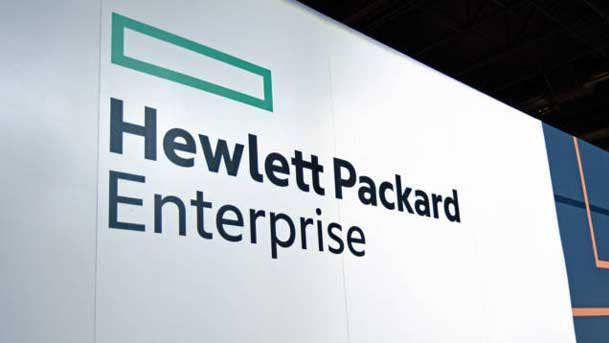
Niche Player: Hewlett Packard Enterprise
Although the infrastructure giant has more than 1,000 data center networking customers, Hewlett Packard Enterprise ranks among the bottom of the pack for both execution and vision on the Magic Quadrant. Gartner estimates that San Jose, Calif.-based HPE lost revenue share in data center switching in 2018.
HPE’s primary offering is its FlexFabric switches and associated software, although the company also proposes Aruba-branded switches running AOS-CX in some opportunities. FlexFabric provides embedded networking software in its integrated systems with products derived through its joint venture with H3C, in which HPE maintains a 49 percent ownership in. HPE received launched new bundles around its networking, software, servers and cloud technologies aimed at the SMB market.
Strength: HPE moved ownership of its data center networking to Aruba in November who has a solid networking history of delivering high-quality software.
Weakness: The company’s data center portfolio includes FlexFabric, Aruba and Plexxi which have different codebases and management platforms, which limits deep integration and investment protection across its portfolio.
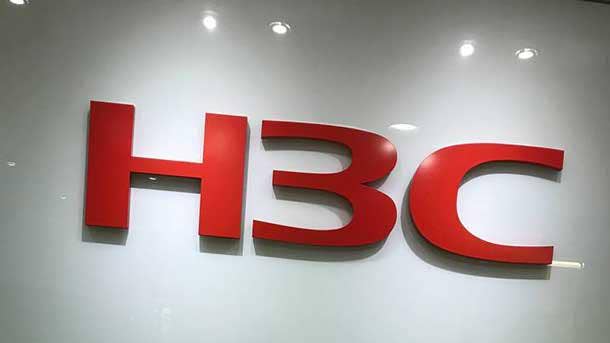
Niche Player: H3C
The China-based joint venture between HPE and Tsinghua Holdings, HC3, has more than 2,000 data center networking customers. H3C ranks last for vision on the Magic Quadrant and among the bottom of the pack for execution.
The vendor’s flagship offering is the Application-Driven Data Center that is composed of switches and its Seer Network Architecture management software. Gartner estimates the vendor grew at more than twice the market rate of data center switching revenue in 2018. HC3 is focusing on improving analytics, underpinned by AI and machine learnings. The company is on the shortlist for data center networking customers in China and Hong Kong.
Strength: HC3 offers aggressive pricing with an average price per 10G switchport well below $65, which is better than most vendors in the Magic Quadrant.
Weakness: Gartner estimates that H3C has fewer than 50 enterprise customers outside of Asia Pacific. The company has limited ability to support customers on a global basis and doesn’t provide turkey integrations for VMware vRealize or Salt.